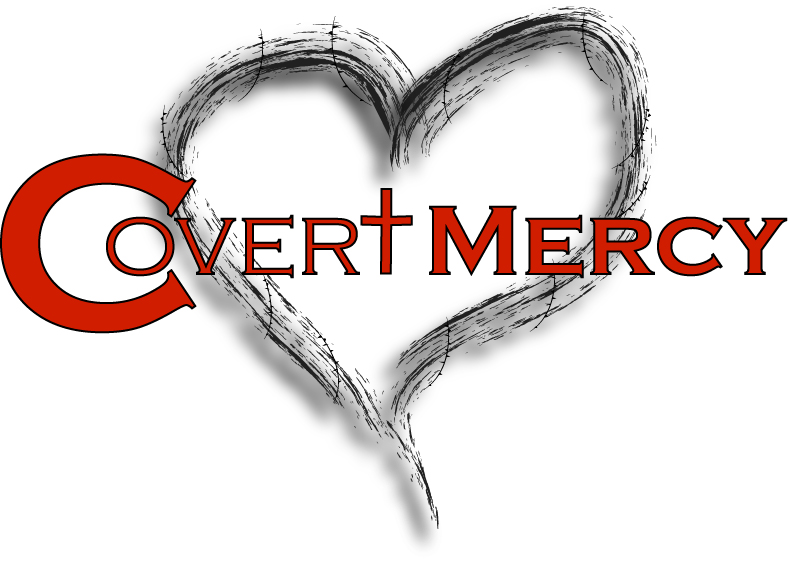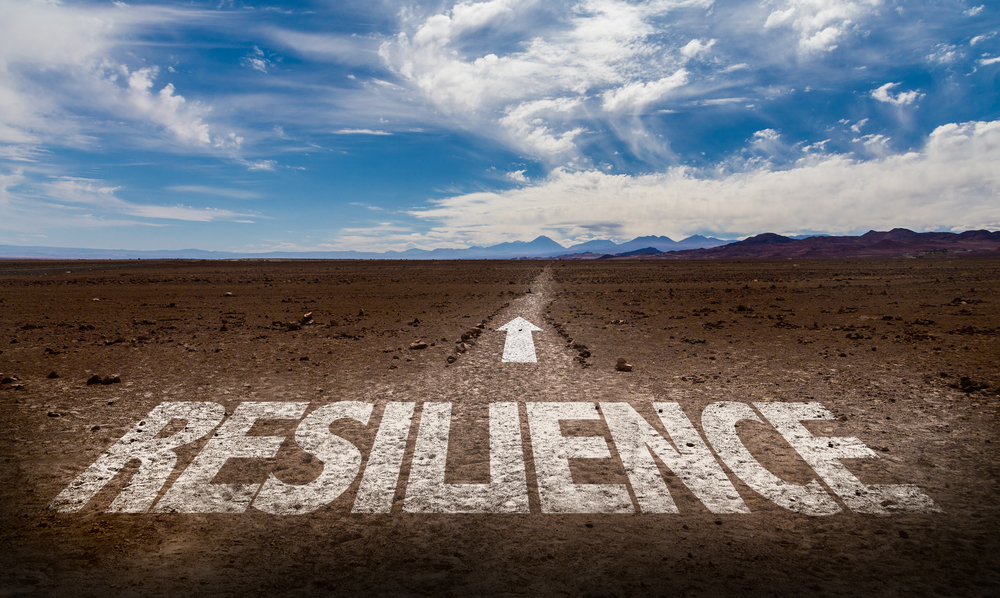How to Expand Your Resilience in 2025.
By: John Thurman
In 2006, I introduced resilience concepts with my initial work, “Bounce Back! The Secrets of Resilience in Your Marriage,” in Today’s Christian Woman. At that time, the understanding of resilience was already developing, and today, it has become a fundamental element of human adaptability. My latest article, “How to Expand Your Resilience in 2025,” will equip you with the insights and tools needed to enhance your resilience this year.
The Evolution of Resilience
“resilience” has been a commonly discussed term for over three decades, but its true meaning is sometimes overlooked. Initially understood as the ability to bounce back, resilience now encompasses stress resistance and post-traumatic growth. It is a dynamic framework for navigating challenges and promoting personal development. The term “resilience” originates from the Latin “resilire,” meaning “to bounce back.” This concept emphasizes the human capacity to overcome adversity and demonstrates our inherent strength.
Understanding the Three Pillars of Resilience
- Resilience or Bouncing Back: Once defined as rebounding from stress, resilience now encompasses many attributes beyond simply bouncing back. Dr. George Everly,
“Personal resilience, what we sometimes think of
as psychological body armor,
is your ability to bounce back, to pick yourself up and try again,
and again and again,
until you either succeed or decide on a more productive direction.“
- Resist, Stress Inoculation: George Bonanno, in 2004, described resilience as maintaining stability after trauma. Researchers such as Emmy Werner and Norman Garmezy investigated factors that help at-risk children thrive, highlighting mental toughness as crucial for withstanding life’s pressures. Dr. George Everly,
“Ability to resist the manifestations of clinical distress,
impairment, or dysfunction that are often
associated with critical incidents,
acts of terror, mass disasters, and personal trauma.
This can be a learned behavior.“
- Personal or Post-Traumatic Growth: Resilience also includes post-traumatic growth (PTG), where individuals experience positive changes after trauma, resulting in stronger relationships, personal development, and greater life appreciation.
“The pain of trauma can be the catalyst for personal growth, leading us to discover inner strength and resilience we never knew we possessed.”
Judith Lewis Herman, Trauma and Recovery: The Aftermath of Violence – From Domestic Abuse to Political Terror (1992)
These components are recognized in Johns Hopkins’s Resilience Continuum, providing a comprehensive approach to understanding and building resilience. For more resources, visit Johns Hopkins’s Free Psychological First Aid site.
Steps to Building Resilience in 2025
Reflection: Take a moment to consider the three components of resilience and how each relates to your current life situation.
– Identify Challenges: List the stressors you face—work, relationships, or health. Acknowledge their impact on your mental well-being.
– Set Goals: Define clear goals for each aspect of resilience, such as enhancing emotional regulation, nurturing social connections, and cultivating optimism.
Develop Coping Strategies: Research and apply strategies, such as mindfulness, journaling, or physical exercise, to manage your challenges effectively.
– Seek Support: Identify your support network—whether friends, family, or professionals—to assist you on your resilience journey.
–Track Progress: Maintain a journal to observe your progress, noting achievements, setbacks, and feelings. This record will help you identify what works best for you and motivate you.
Integrating these insights and taking deliberate steps can significantly enhance your resilience and mental and emotional well-being. Begin your journey with the Action Plan and seize control of your future with newfound strength.
Action Plan
Feeling stuck? Get in touch with me, and let’s begin a conversation. Reach out by emailing me at [email protected]
Additional Link:
Laughter a Better Way to Respond blog
How to Forge a More Resilient Faith – short cast
How to Develop Resilience in Yourself and Others – Maxwell YouTube
Embrace the Suck: A dynamic read by a former SEAL, insightful, no BS, with a great action plan.
Hope is the First Dose: A Treatment Plan for Recovering from Trauma, Tragedy, and Other Massive Things is a must-read for men and women who want to overcome adversity. Dr. W. Lee Warren is an Iraq War Veteran, Neurosurgeon, and Author who shares his personal story of overcoming layers of trauma in his life. He is a Christian who actively uses Scripture to encourage his readers to live with hope.

